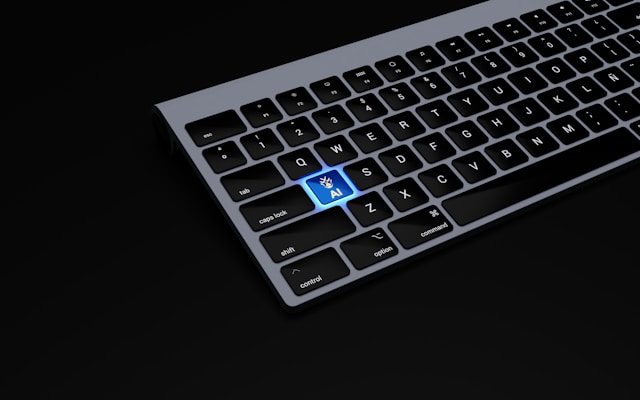AI and modern computing could crack the WWII Enigma code with ease, experts say.
The legendary Enigma code, once thought to be virtually unbreakable, would pose no challenge to today’s artificial intelligence (AI) and modern computing power, according to experts. While the code-breaking efforts led by Alan Turing and his team during World War II shortened the war by as much as two years, cracking the Enigma cipher would now be a relatively straightforward task.
The Enigma machine, used by the Axis powers to encode messages, was an electro-mechanical device that used a complex system of rotors and a plugboard to scramble letters. Each letter typed into the machine would be converted into another letter, and the settings would change daily, making it extremely difficult to decode. But while the technology of the time required brute force and intricate mechanical machines like Turing’s Bombes to break the code, modern computing would render the Enigma code powerless.
Embed from Getty ImagesMichael Wooldridge, a professor of computer science at Oxford University, pointed out that the number of possible combinations for the Enigma cipher was astronomical, but today’s AI systems would easily handle the task. “Enigma wouldn’t stand up to modern computing and statistics,” he said. With the speed of modern computers, these once time-consuming processes would now be executed in a fraction of the time. AI models, including ChatGPT, could replicate the logic of the Bombes program and break codes quickly and efficiently.
The initial cracking of the Enigma code was a monumental achievement. The Polish cryptanalysts broke early versions of the cipher in the 1930s, but it was Turing’s team at Bletchley Park that succeeded in decoding the more secure version used during the war. The key to their success lay in the inherent weaknesses of the system, such as the fact that no letter could be represented as itself once enciphered, which helped the codebreakers launch a brute-force attack on the cipher.
Dr Mustafa A Mustafa, a software security expert at Manchester University, elaborated on Turing’s methods, noting that the codebreakers used these weaknesses to automate the process and decode messages faster. “It was brute force, trying all different combinations out. But with these weaknesses, they managed to automate this to do it fast enough,” he explained.
Today’s AI has drastically changed the landscape of cryptography. AI systems trained on language recognition, such as one that used Grimm’s fairytales and virtual servers, cracked an encrypted message in just 13 minutes. With the additional computational power available through modern datacentres, cracking the Enigma code would be trivial by comparison.
Despite these advances, modern cryptographic systems like the Rivest-Shamir-Adleman (RSA) cipher, which uses large prime numbers for encryption, remain robust. Wooldridge warned, however, that these methods might eventually fall victim to the power of quantum computers, which are still in development. If quantum computing reaches its theoretical potential, the encryption systems of today might become obsolete, requiring new methods to secure data.
The success of Turing’s team in breaking the Enigma code was an extraordinary feat of ingenuity and perseverance. As Dr Mustafa highlighted, the success was not only due to technical skill but also the sheer urgency of the task. “To crack it within the war’s lifetime was a huge achievement,” he said. “What would have happened if we hadn’t cracked Enigma in time?”
While modern computing would easily defeat the Enigma cipher, the legacy of Turing’s work remains a testament to human ingenuity and a pivotal moment in history.Enigma code AI modern computing
